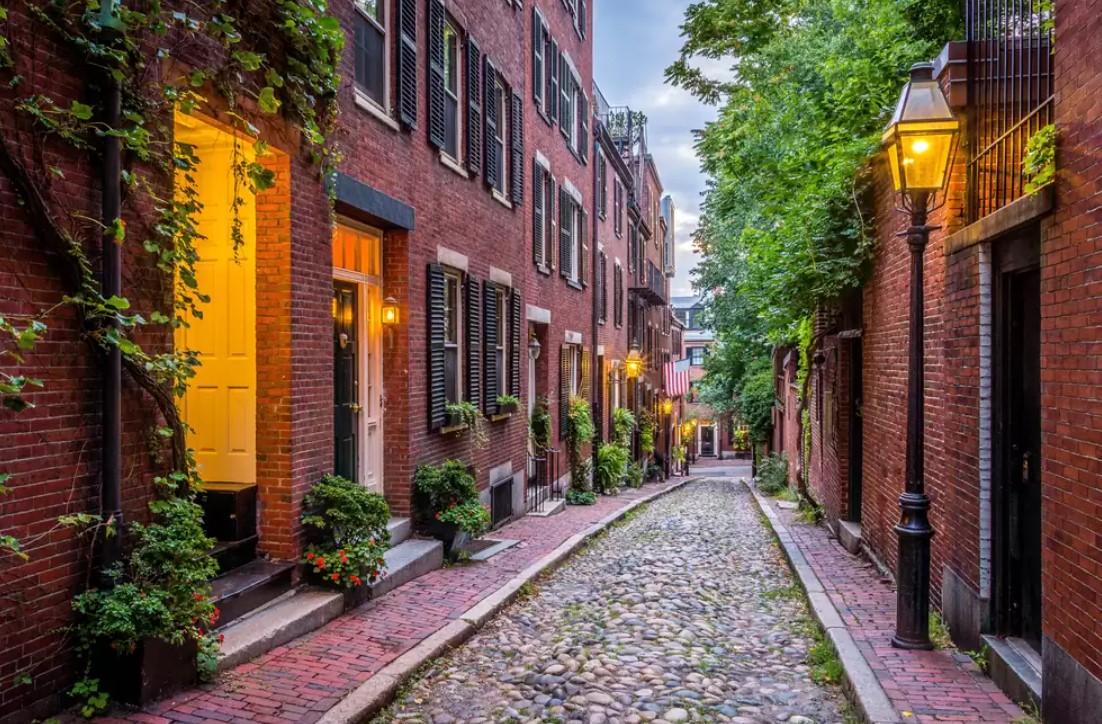When planning a trip, choosing the right neighborhood can make all the difference. From historic streets to modern marvels, the world is filled with neighborhoods that offer unique charm and beauty. This guide will take you through some of the most beautiful neighborhoods across the globe, highlighting their key attractions, cultural significance, and local flavors. Whether you’re an avid traveler or planning your first adventure, these neighborhoods are sure to inspire your next journey.
Importance of Exploring Beautiful Neighborhoods
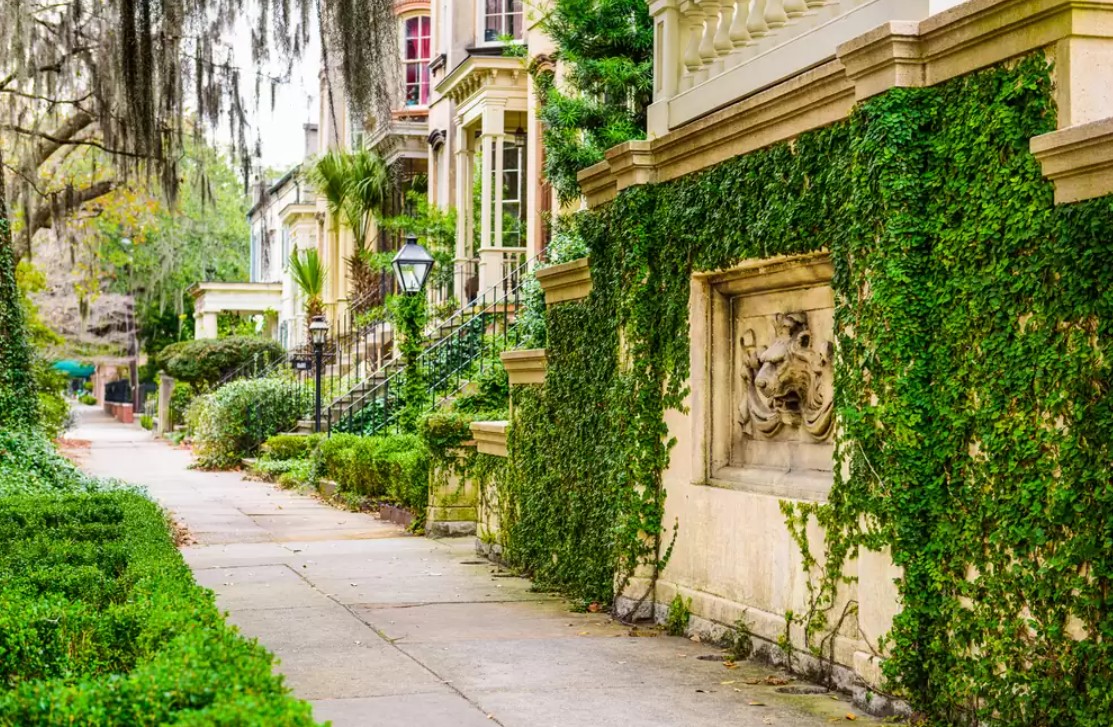
Exploring beautiful neighborhoods offers a unique experience. It allows you to connect with your surroundings on a deeper level. Neighborhoods reflect the culture and history of a place. By exploring, you get to witness the charm and character that make each area unique.
Exploring beautiful neighborhoods is an enriching experience that goes beyond mere sightseeing. Here are several reasons why delving into these charming locales is important:
Cultural Immersion
Beautiful neighborhoods often serve as cultural epicenters, reflecting the unique heritage, traditions, and lifestyles of their inhabitants. Walking through these areas allows you to experience local customs, festivals, and daily life up close, providing a deeper understanding of the community and its cultural nuances.
Architectural Marvels
Many beautiful neighborhoods boast stunning architecture, ranging from historic buildings to modern masterpieces. These structures tell stories of the past and present, showcasing the artistic and architectural evolution of the region. Exploring these areas can inspire a greater appreciation for design and history.
Culinary Delights
Every neighborhood has its culinary secrets and specialties. By visiting beautiful neighborhoods, you get the chance to taste authentic local dishes and explore vibrant food scenes. From street food to fine dining, the culinary experiences in these areas can be both delightful and educational.
Community and Connection
Beautiful neighborhoods often have a strong sense of community. Engaging with local residents, participating in community events, and supporting local businesses fosters a sense of connection and belonging. These interactions can be heartwarming and memorable, enhancing your travel experience.
Historical Significance
Many picturesque neighborhoods are steeped in history. Exploring these areas allows you to walk in the footsteps of historical figures, visit important landmarks, and learn about significant events that shaped the community and beyond. This historical context enriches your knowledge and appreciation of the destination.
Artistic Inspiration
Neighborhoods known for their beauty often attract artists, musicians, and creatives. The vibrant art scenes, galleries, and street art found in these areas can be incredibly inspiring. Whether you’re an artist yourself or simply an admirer of the arts, these neighborhoods provide a wealth of creative stimulation.
Scenic Beauty
The aesthetic appeal of beautiful neighborhoods, with their picturesque streets, parks, and viewpoints, offers a feast for the eyes. Whether it’s the colorful houses of Bo-Kaap, the canals of Venice, or the gardens of Fitzroy, the scenic beauty of these neighborhoods provides a perfect backdrop for relaxation and photography.
Personal Growth
Traveling and exploring new places can be a journey of personal growth. Beautiful neighborhoods challenge you to step out of your comfort zone, navigate new environments, and adapt to different cultures. These experiences build resilience, open-mindedness, and a greater appreciation for diversity.
Unique Experiences
Each neighborhood has its own unique character and charm, offering experiences that you can’t find anywhere else. Whether it’s the lively street performances in Montmartre, the serene canals in Dorsoduro, or the bustling markets in Marrakech’s Medina, these distinctive experiences enrich your travels and create lasting memories.
In conclusion, exploring beautiful neighborhoods is important for cultural immersion, architectural appreciation, culinary adventures, community connection, historical insight, artistic inspiration, scenic beauty, personal growth, and unique experiences. These factors collectively make visiting these neighborhoods a deeply rewarding and unforgettable part of any journey.
15 Most Beautiful Neighborhoods in the World
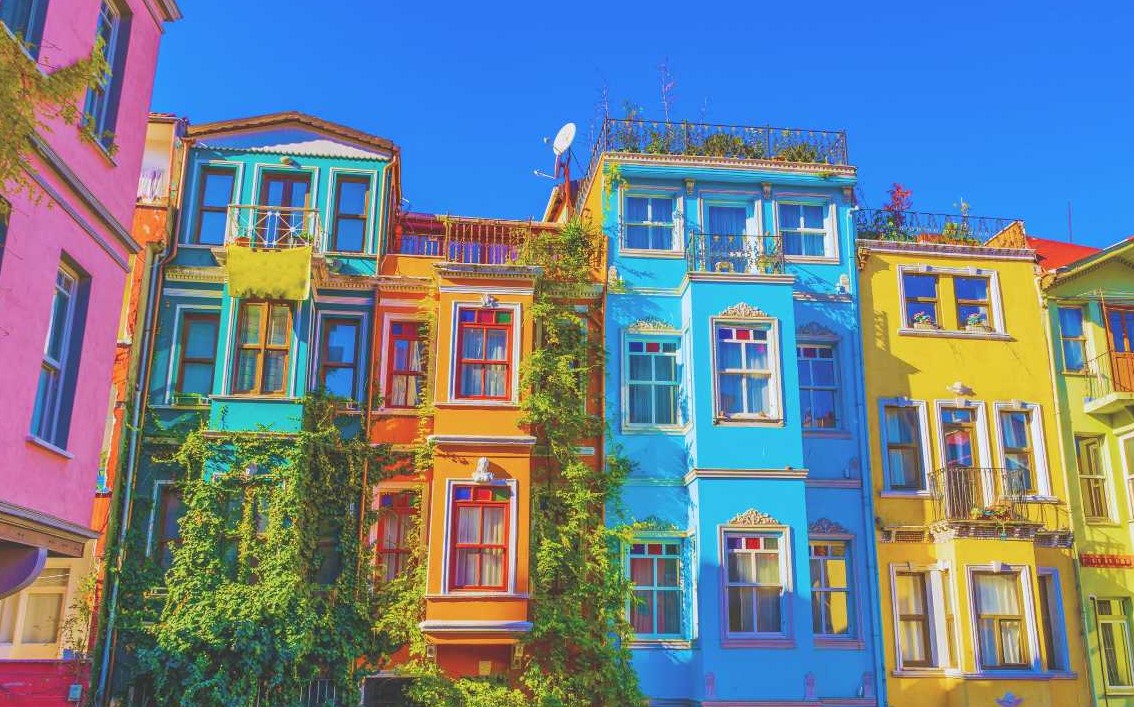
Exploring the globe unveils a myriad of stunning neighborhoods that captivate visitors with their unique charm, architectural brilliance, and cultural richness. These neighborhoods are not just places to live but also to experience life in its most vibrant and picturesque form. Here, we present the 15 most beautiful neighborhoods in the world that offer an unparalleled blend of history, aesthetics, and a sense of community.
1. Montmartre, Paris, France
Montmartre stands as a timeless epitome of Parisian charm. Nestled on a hill, it provides panoramic views of Paris. The neighborhood is renowned for its artistic history, being home to legends like Picasso and Van Gogh. Montmartre’s cobbled streets, bohemian spirit, and the iconic Basilica of the Sacré-Cœur make it an essential visit for anyone in love with culture and history.
2. The Shambles, York, England
Stepping into The Shambles is like stepping back in time. This medieval street, lined with overhanging timber-framed buildings, some dating back to the 14th century, is one of the best-preserved medieval streets in the world. The narrow lanes, quaint shops, and rich history provide an enchanting glimpse into England’s past.
3. Trastevere, Rome, Italy
Trastevere is the heart of Rome’s old-world charm. Known for its narrow cobblestone streets, vibrant nightlife, and historic churches, this neighborhood offers a genuine taste of Roman life. The Piazza di Santa Maria, with its beautiful fountain and basilica, is a perfect spot for people-watching and soaking in the atmosphere.
4. Nyhavn, Copenhagen, Denmark
Nyhavn is the quintessential image of Copenhagen. The colorful 17th and early 18th-century townhouses lining the canal, the historic wooden ships, and the lively atmosphere of the cafes and bars make it a picturesque and vibrant neighborhood. Hans Christian Andersen, the famous fairy-tale author, once lived here, adding a touch of literary history to the area.
5. Santa Teresa, Rio de Janeiro, Brazil
Santa Teresa is known for its winding, narrow streets, colonial-era mansions, and an artistic, bohemian atmosphere. Located on a hill overlooking the city, this neighborhood offers stunning views, vibrant street art, and a laid-back vibe that contrasts sharply with the bustling beaches of Rio.
6. La Boca, Buenos Aires, Argentina
La Boca is a colorful, vibrant neighborhood that reflects the diverse cultural tapestry of Buenos Aires. Famous for its brightly painted houses, tango performances, and the historic Caminito Street, La Boca is a lively area full of artistic expression and historical significance.
7. Sultanahmet, Istanbul, Turkey
Sultanahmet is the historic heart of Istanbul, home to some of the city’s most iconic landmarks, including the Hagia Sophia, Blue Mosque, and Topkapi Palace. This neighborhood is a treasure trove of history, with stunning Byzantine and Ottoman architecture, bustling bazaars, and a rich cultural heritage that spans millennia.
8. The Medina, Marrakech, Morocco
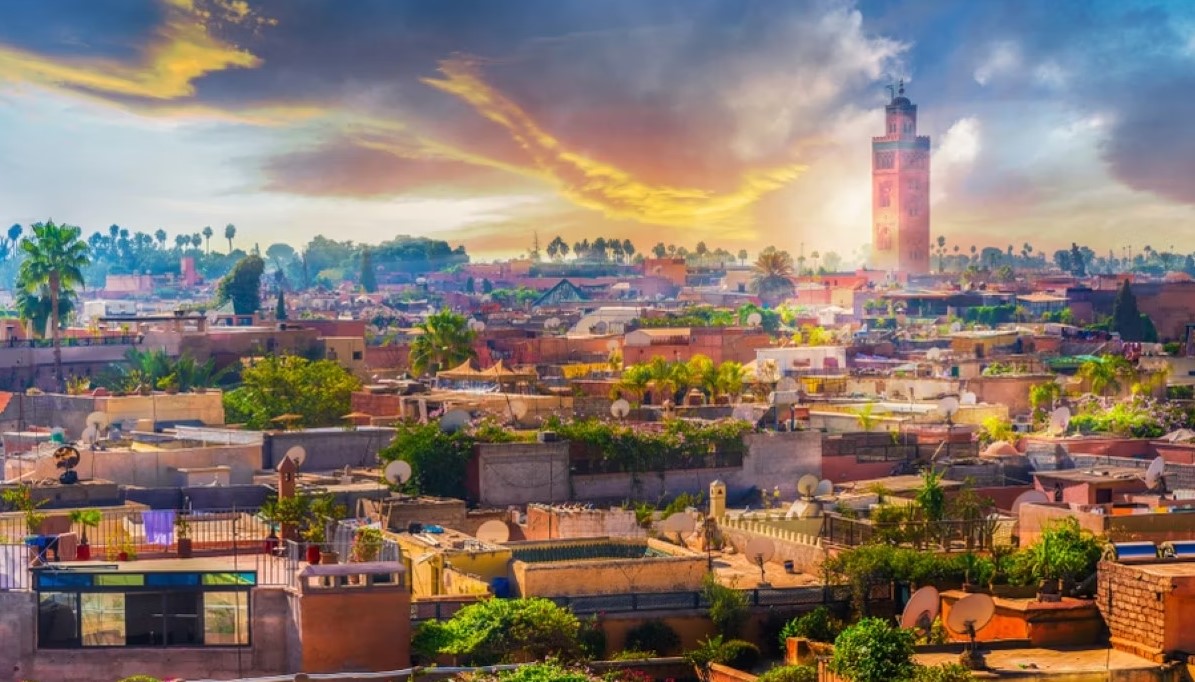
The Medina of Marrakech is a sensory overload, with its maze-like alleys, bustling souks, and historical sites like the Koutoubia Mosque and Bahia Palace. This UNESCO World Heritage site is renowned for its vibrant colors, aromatic spices, and traditional Moroccan architecture, offering an authentic experience of Moroccan culture.
9. Gamla Stan, Stockholm, Sweden
Gamla Stan, or Old Town, is one of the largest and best-preserved medieval city centers in Europe. With its cobblestone streets, colorful buildings, and significant historical sites like the Royal Palace and Storkyrkan Cathedral, Gamla Stan is a charming and picturesque neighborhood that transports visitors back to the Middle Ages.
10. Shibuya, Tokyo, Japan
Shibuya is a bustling, vibrant district known for its famous pedestrian crossing, eclectic shops, and towering skyscrapers. This neighborhood is a blend of modernity and tradition, with serene shrines nestled amidst the urban landscape, making it a unique and dynamic part of Tokyo.
11. Alfama, Lisbon, Portugal
Alfama is the oldest district in Lisbon, known for its narrow, winding streets, historic buildings, and stunning views over the Tagus River. This neighborhood exudes old-world charm with its traditional Fado music, ancient churches, and quaint plazas, offering a glimpse into Lisbon’s rich cultural heritage.
12. Le Marais, Paris, France
Le Marais is a historic and culturally diverse neighborhood in Paris, known for its medieval architecture, chic boutiques, and vibrant nightlife. It is home to the Picasso Museum and the beautiful Place des Vosges, making it a perfect blend of history, art, and modernity.
13. The French Quarter, New Orleans, USA
The French Quarter is the oldest neighborhood in New Orleans, known for its vibrant nightlife, historic buildings, and rich cultural heritage. Famous for its jazz music, lively bars, and the annual Mardi Gras festival, this neighborhood is a lively and colorful part of the city.
14. San Marco, Venice, Italy
San Marco is the heart of Venice, home to the iconic St. Mark’s Basilica, Doge’s Palace, and the bustling St. Mark’s Square. This neighborhood is a blend of architectural marvels, picturesque canals, and a rich cultural history that embodies the essence of Venice.
15. Chelsea, London, England
Chelsea is one of London’s most affluent neighborhoods, known for its elegant townhouses, chic boutiques, and cultural landmarks like the Saatchi Gallery. This area exudes sophistication and charm, offering a glimpse into the luxurious side of London life.
Tips for Exploring Neighborhoods
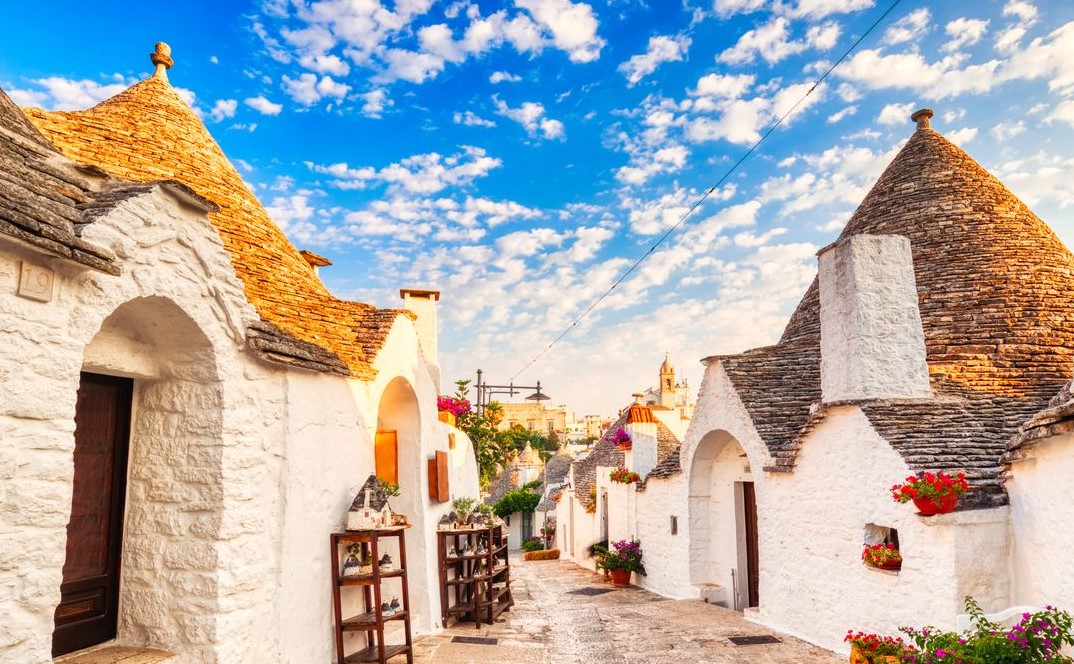
Exploring new neighborhoods can be a delightful experience, offering a deeper understanding of a city’s culture, history, and local life. To make the most out of your neighborhood explorations, here are some tips to ensure you have an enriching and enjoyable adventure.
1. Research Before You Go
Before setting out, do some research on the neighborhood you plan to visit. Learn about its history, key attractions, local customs, and any notable events happening during your visit. Understanding the context will enhance your appreciation and engagement with the area.
2. Wear Comfortable Clothing and Footwear
Neighborhood explorations often involve a lot of walking. Wear comfortable shoes and clothing suitable for the weather. Layering can be a good strategy to adapt to changing conditions throughout the day.
3. Start Early
Beginning your exploration early in the day has multiple benefits. You can avoid the peak tourist crowds, enjoy a quieter atmosphere, and see the neighborhood come to life as locals go about their morning routines.
4. Use Public Transportation
Using public transportation can give you a more authentic experience and a better sense of the area’s layout. It’s also an eco-friendly and cost-effective way to get around. Look up the best routes and modes of transport available in the neighborhood.
5. Take a Guided Tour
Joining a guided tour can provide valuable insights you might miss on your own. Guides often share fascinating stories and historical facts, enhancing your understanding of the neighborhood. Look for tours that align with your interests, such as history, food, or architecture.
6. Explore on Foot
Walking is the best way to explore a neighborhood. It allows you to take in the details, discover hidden gems, and interact with locals. Wander through side streets and alleys to find unique spots that are often overlooked.
7. Visit Local Markets and Shops
Local markets and shops are great places to experience the neighborhood’s character. They offer a glimpse into daily life and the opportunity to try local produce, crafts, and delicacies. Engage with vendors and shopkeepers to learn more about the local culture.
8. Enjoy the Local Cuisine
Food is a significant part of any culture. Try the local cuisine by visiting neighborhood restaurants, cafes, and street food stalls. Don’t hesitate to ask for recommendations from locals to find the best places to eat.
9. Take Your Time
Avoid rushing through your exploration. Take the time to sit in a park, enjoy a coffee at a local cafe, or simply watch the world go by. Immersing yourself in the environment allows you to appreciate the neighborhood’s vibe fully.
10. Respect Local Customs and Traditions
Every neighborhood has its own customs and traditions. Be respectful of local practices and mindful of cultural differences. This respect will enrich your experience and create positive interactions with the residents.
11. Capture Memories
Take photos and jot down notes about your experiences. These memories will be valuable for reflecting on your journey and sharing your adventures with others. Be mindful of local privacy norms and ask for permission when photographing people.
12. Stay Safe
Prioritize your safety by staying aware of your surroundings. Keep your belongings secure, follow local safety guidelines, and avoid risky areas, especially after dark. Trust your instincts and ask locals for advice if you’re unsure about certain places.
By following these tips, you can maximize your enjoyment and discovery while exploring neighborhoods. Each neighborhood has its unique charm and story, and with the right approach, you can uncover the hidden treasures that make each place special.
